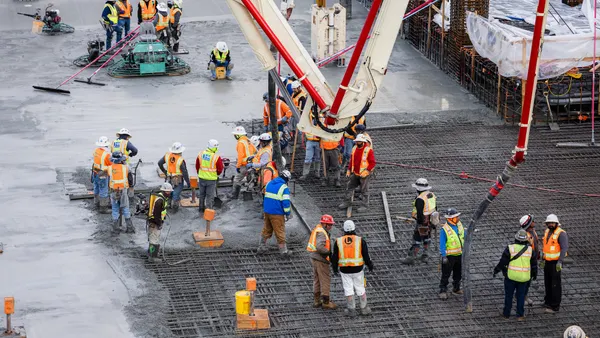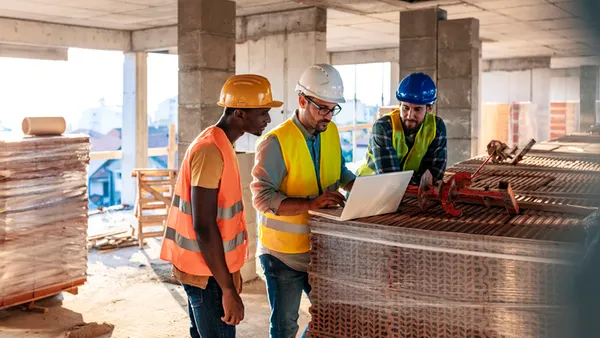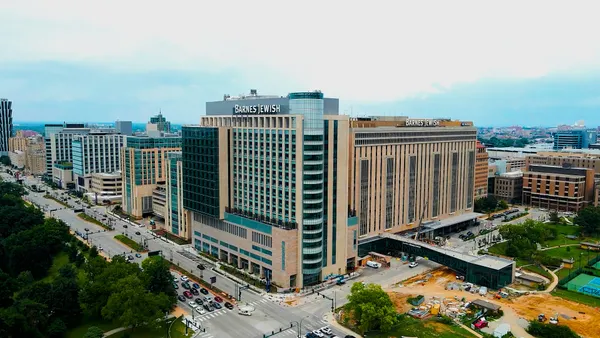UPDATE: May 3, 2019: The Washington State Department of Labor & Industries (L&I) has expanded its investigation of the April 27 Google campus crane collapse in Seattle to include Woodinville, Washington-based Seaburg Construction Corp., The Seattle Times reported. Seaburg employed the operator of the crane prior to workers starting the dismantling process.
According to L&I records, Seaburg has had dozens of safety inspections since 2014, two of which resulted in the L&I issuing the company a total of four serious violations. The department issued Seaburg two of those violations, both related to tower cranes, on June 8, 2017. L&I issued the other two serious violations on Aug. 15, 2017 — one related to tower cranes and the other to duties of assigned personnel. Seaburg corrected all of the conditions that led to the violations.
The L&I has made it clear that none of the companies under investigation have been assigned guilt in the collapse and that the department is still trying to determine the cause.
As to why the street on which the crane landed wasn’t closed during dismantling operations, the Seattle DOT told The Times that those decisions are largely left to contractors. Prior to the collapse, crane subcontractor Omega Morgan secured permits closing two other streets around the Google project.
Dive Brief:
- While crews were disassembling a tower crane sitting atop a portion of a new Google campus building under construction in Seattle, the crane fell onto the street below, killing four people and injuring others, The Seattle Times reported.
- The cause has yet to be determined. At the time of the collapse, crews had already moved the crane’s jib and counterjib, as well as the A-shaped top piece of the mast.
- The Washington State Department of Labor & Industries is investigating the accident and the roles of four contractors considered to be responsible for dismantling the crane.
Dive Insight:
The companies involved are general contractor GLY Construction, based in Bellevue, Washington; crane subcontractors Northwest Tower Crane Service and Omega Morgan; and tower crane owner Morrow Equipment.
An expert speaking to The Times compared the Seattle crane accident to a similar incident in the Dallas area in 2012, the cause of which was determined to be the simultaneous removal and detorquing of bolts from multiple, vertical tower crane sections, which left the mast without adequate support when it was subjected to wind gusts. There has been no indication thus far that this was the cause of the Seattle incident.
Seattle consistently has been among the top U.S. cities when it comes to the number of cranes in use at any one time. In July of last year, there were 65 tower cranes dotting the city’s skyline.
In an effort to decrease the chance of crane accidents, OSHA has developed a crane operator certification standard and issued its final rule in November. The final rule went into effect Dec. 9, 2018, and employers and operators were to be compliant by Feb. 7, 2019.
Employers are required to train crane operators as necessary, evaluate operator performance and then document those evaluations. Crane operators must be certified or licensed and receive the training needed to operate new equipment. Operator certification can either be based on the crane type and capacity or type only. This, OSHA said, will make more accredited testing organizations eligible under OSHA’s certification program requirements.
Technology could be playing a bigger role in crane and other safety training courtesy of augmented reality (AR). CM Labs Simulations announced in February that it was launching a new AR-based training tool that allows students to interact with a crane model and perform tasks like virtual inspections. CM’s program also gives trainees the opportunity to develop their skills through equipment simulators. Soon, according to the company, two operators will be able to work on the same crawler crane simulated exercise at once.













